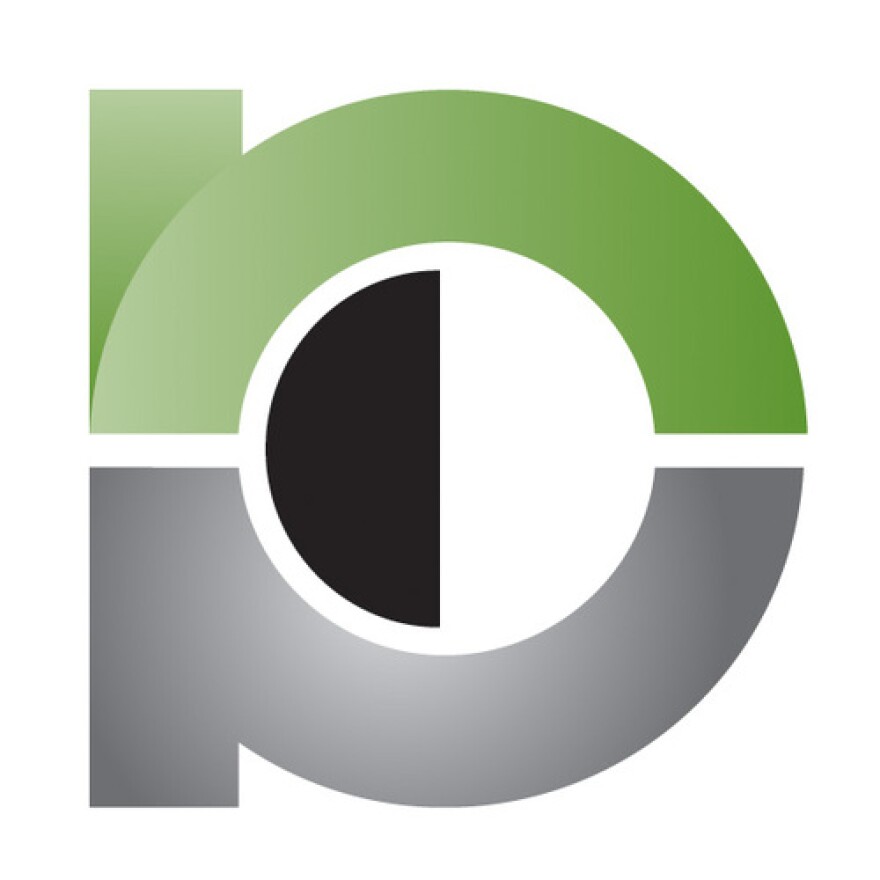With health insurance exchanges now open across the country, including here in Florida, there are still questions as to if and how people can get and maintain coverage using the exchanges.
WJCT asked local health care experts for their advice given four potential scenarios for people who may be eligible for coverage under the Affordable Care Act.
Agencies across the country have received grants and training as "Navigators" to assist those seeking health insurance using the new Health Insurance Marketplace.
One of these Navigator Grants was awarded to the University of South Florida, who chose The Health Planning Council of Northeast Florida (HPC) as one of 11 statewide consortium partners.
HPC has eight certified Navigators and a project director, who is also a certified Navigator, to assist residents throughout Baker, Clay, Duval, Flagler, Nassau, St. Johns, and Volusia Counties with the enrollment process.
We asked HPC's navigators what they would tell the following four people about enrolling using the state's health exchange given their current health coverage and other factors.
1) "Julie"
- 43-year-old woman
- Currently has insurance through her employer
- Household income of less than $60,000
HPC: Julie can keep her employer-based insurance. She does not qualify for the tax subsidies because her income is greater than 400 percent of poverty. She does not have to do anything.
2) "John"
- 25-year-old man
- Has never purchased or had health insurance and doesn’t understand why he would
- Household income less than $60,000
- Qualifies for a subsidy
HPC: John should ask his parents to see if they could add him to their policy because the Affordable Care Act allows for dependents to be covered up to the age of 26.
John could also consider purchasing catastrophic coverage only available to individuals 30-years-old and younger through the marketplace, which would provide health insurance with low premiums and a high deductible.
With an income of approximately $60,000 per year, John does not qualify for a subsidy because this is greater than 400 percent of poverty.
3) "Maria"
- 30 year old woman
- Self-employed, Currently purchases her own insurance
- Household income of less than $60,000
- Qualifies for a subsidy
- Has a child with another child on the way

HPC: The Health Insurance Marketplace offers many options for Maria.
Being self employed with no employees, Maria could purchase an individual plan that may prove to be equal to or better that what she currently has and quite possibly at a cost savings.
Her children may also qualify for Medicaid or CHIPS, which would be at no additional charge to Maria.
Since Maria currently has an insurance plan, it is likely that she has an insurance agent. If so, the insurance agent could assist Maria with any questions she may have about the Health Insurance Marketplace.
4) "Adam"
- 56-year-old man
- Currently has insurance through his employer, but employer is dropping coverage.
- Has never purchased his own insurance
- Household income of less than $60,000
- Does not qualify for a subsidy
- Has diabetes
HPC: The Health Insurance Marketplace is available to everyone, including those individuals who don’t qualify for a tax subsidy.
Adam will be able to purchase a health insurance policy despite his pre-existing condition of diabetes. He should review the plans on the marketplace and pay close attention to the provider networks each plan offers.
If Adam has a specific endocrinologist that he is currently seeing for his diabetes, he will want to make sure that the plan he picks has his provider. Adam may want to find a Navigator and ask for assistance.





